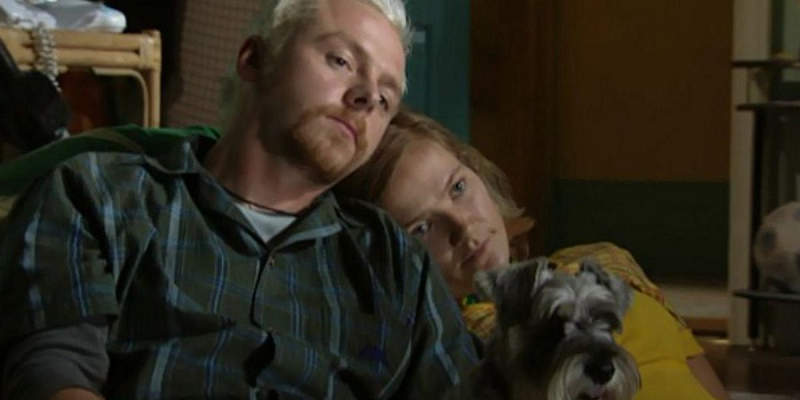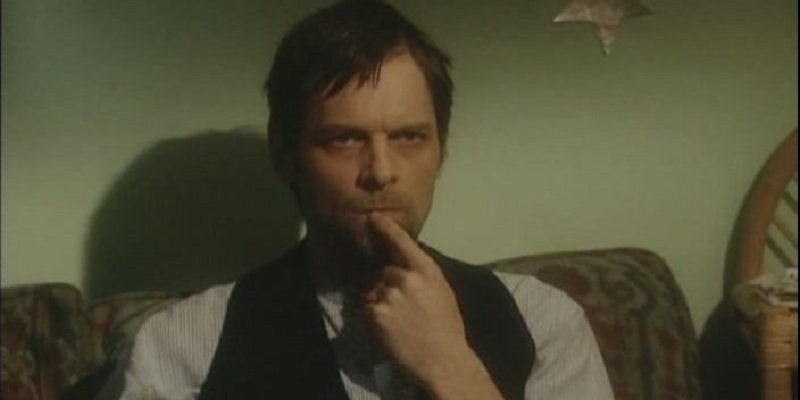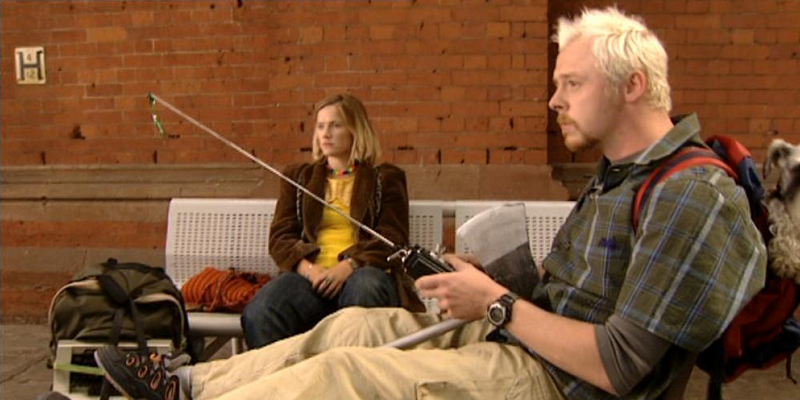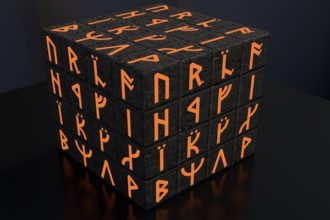Depression and Dungeons and Dragons

As I sit writing this, I am waiting out the clock until I undergo my third major surgery of the year. Years ago, I was in a bad accident and my arm, to quote the Chief of Surgery at the prestigious hospital I went to, “exploded like a watermelon dropped from a tremendous height.” The injury was serious, to put it lightly. Since then, I have been very lucky and have been treated by some truly incredible doctors, including the chief orthopedic authority for the NFL. My arm grew back incredibly deformed, though, being young, I didn’t really do any follow-up on it until a few years ago, when my arm was unable to moved after a yoga class. Turns out, I had massive tearing and my arm was hanging on by a thread. Thus began my first emergency surgery. That recovery went well, but then I noticed numbness and pain in the rest of my arm. The shoulder trauma was masking nerve death in my arm. Let me tell you, even after everything I will describe, nerve death is the most pain I have ever felt in my life. This took two surgeries to correct. Things were going ok for a while, though I had to have rotator cuff surgery on my OTHER arm, this was not an emergency, just damage from years and years of baseball and tearing. During PT, the therapist noted my arm that had all the injuries and surgeries was much worse than my newly surgered arm. I went to the doctor, had an x-ray and was told I needed surgery to correct all the deformities in the bone. That brings me to now. I had my first major surgery in April, a second in August, and my third in just a few days. That’s been seven months so far with a broken arm.
Don’t get me wrong. My spouse and child are my life, and they are absolutely wonderful. My friends are amazing, and are always willing to lend a hand with whatever is needed. I appreciate them more than words can express. That said, I go stir-crazy pretty rapidly, as I am immobile for long periods of time. I stream and binge all kinds of shows, usually opting for new things, as they have my undivided attention, but there is only so much tv I can watch. I love TV and movies, but my unwind time is usually games. I like the interaction that games provide, both within the medium itself and thanks to multiplayer features. While I absolutely love many single-player games, I generally choose to play games with other people, given the opportunity. However, in my current state, there are so many games I am no longer able to reliably play.

Depression isn’t the easiest thing in the world to understand or accept. For me, it started off as small things. I would be watching a show and then lose interest in it entirely. I’d continue watching, even though I didn’t care about it any more. Little things would start to annoy me, even though I had no reason to be upset by them. I stopped following things I would normally follow. I fell behind on my reading. The books I did read were only comfort books that I have read many times before. I would start to rewatch TV series I had seen a hundred times before, and not be willing to branch outside of my little bubble in any regard. It’s not healthy, but it’s incredibly easy to slip into that mindset. You wall yourself off so slowly you don’t even realize you have become fully ensconced in a bunker of sadness and disinterest. Keep that in mind, in light of recent events, everyone.
I would have had a truly miserable year without both this column and Dungeons & Dragons. The column is an opportunity for me to express some ideas, and prompt discussion that is outside of my safe bubble. I can’t control who has access to it. Sure, I can pass the links around as I would like, but it’s a public site. One of the goals of the site is to attract as many eyes as possible. By definition, that’s going to be a lot of people I don’t know. It also means there will be a lot of different experiences, preferences, and opinions than my own. While I don’t necessarily search for controversial topics, I won’t shy away from what I want to write about. Without a column that needs to be updated weekly, I wouldn’t have ever forced myself to do this on my own, particularly this past year. I could have just stopped writing but a) I got the opportunity by the recommendation of someone I greatly respect and would not want to tarnish his word, and b) I tend to try my hardest to meet anything I agree to do. If I don’t think I can do it, or am unwilling to do it, I don’t agree to it. Once I’ve given my word, then I’ll break my back trying to get it done. Regimen is good for me, especially when it makes me break out of my funk in order to get something done.
That isn’t to say it hasn’t been hard. I’ve tried a lot of things in the column, and I still don’t understand why some things click and some things don’t. While I absolutely love longform media critiques, they definitely aren’t for everyone. I also love deep analysis, including the accompanying math. All I can do is take advice and keep on trucking. This has been good for me, as it’s also incredibly easy to continue thinking the way you think when you are depressed. Call it what you will – echo chamber, internet of me, whatever – it’s easy to fall into and cultivate, especially if you are in a place where you can twist everything to conform to whatever narrative you want to tell yourself. You can be a misunderstood genius, or a trod-upon realist, or someone who gets ganged up on for no reason. I have gone through all of that and more both with the column, and when some of my casual homebrew stuff gets picked up and ripped apart. The truth is, I am better for the comments (mostly – let’s not go crazy and say everything is valid).

This brings me to D&D. If you asked me what the best thing about 5e is, I would tell you, “how easy it is to engage with on multiple levels of experience and criticality”. What I mean about that is, even though I didn’t have a full grasp of entirety of the rules and design aesthetic of 5e, I could start engaging with the content almost immediately on playing, running, and creating levels. For example, you don’t necessarily need to know every class and archetype to know what a new archetype of bard needs to look like. You have the College of Lore and College of Valor for examples of relative power-levels to draw upon. As you gain knowledge of, say, the paladin power-levels, you can look at the core bard class and begin tweaking things to match the appropriate power-level you are aiming for. That isn’t to say bard or paladin is more powerful than the other; rather, there are multiple levels of design in which to get involved. On the flip side, you don’t need to know the skills of the paladin to play a bard, but the more you master the bard, the more you can synergize with a paladin. Hold person and smiting, for example.
For me, this was the perfect thing to help me with my depression. The multiple levels of engagement meant that I could focus on certain parts of design at a time, and then shift my focus entirely or pull out to a higher level and focus on a more holistic system. Looking at my blog, here’s what it looks like for the last year in post counts, from January: 5, 7, 2, 5, 9, 7, 7, 6, 4, 2, 1. From an analytical standpoint, you can tell my ups and downs. I start off with a high post-count after I quit my job and started going through medical inspection. It drops briefly in March when I am getting out more and when the surgery hasn’t yet been decided. Then it’s a period of high posts through September/October, when I went back to work and I was post second-surgery.
The January posts are largely Al-Qadim centric. It’s a lot of class options at first: Holy Slayer Rogue, Genie Blood Sorcerer, and College of Barbers. Then I started to mix in some new spell design: cantrips, buffs, and experimental spells meant to change and bolster cantrips. I end this with some monster design. In February I branched out and joined a friend’s D&D game where he was running a converted version of Rise of the Runelords for 5e. It’s ridiculous and fun, and I started keeping a play journal. Mixed in there are more Al-Qadim options, such as spells for druids, a warlock class option, and some magic item lore and design. March is just some play logs, but April sees an explosion of introspection, including my surprisingly widely linked and discussed deep-dive into Fighting Styles. There has been a LOT of commentary on this, but as mentioned above, I stand by what I discuss.

I also picked up my series named Misread Magic Items (something of an improv exercise where I change DMG item names a tiny bit and create something new), and put out an April Fool’s Day Pokemon inspired ranger option (it’s been playtested and is a lot of fun and pretty balanced, from what I can tell) that also includes some ranger spells. Then we get to May. I talk about the similarities between D&D and Nintendo media in the late 80’s and early 90’s, put out a thing about Magical Fighting Styles (Cantrip-centric), included some items and log discussion of the game I run, and then end with a three-part discussion about ranger, including a full class rewrite. I could go on, but you can see the gradual and steadily increasing attention to deeper rules.
Now, this isn’t the first time I have tried something like this. The previous year, I did a similar breakdown for warlock. The problem with this is two-fold. First, warlock is incredibly polarizing. Second, it was shared on Reddit. The combination of the two meant that for over a month, I had a bad time anytime I engaged with D&D or my blog. The problem really boils down to an age-old problem of One True Warlock, where you can substitute the word warlock for anything else people tend to fight about.
While my design certainly wasn’t perfect, I also don’t think I am a known-nothing idiot who should burn my D&D books because I have no concept of rules or balance. Warlock has a lot of problems, in my mind. I set about to fix them the best way I could, changing a lot of things along the way. It looked very different, sure. However, the math and back-end analysis all tended to bear out along different break points. That said, my knowledge of that doesn’t stem any of vitriol I received. It was really bad, let’s leave it at that. You would think this tainted my view of things, and you wouldn’t be wrong. I gave D&D some space and went to look at it again later.

Months later, I was contacted by someone who said they made my version of warlock their home version, and their group had been loving it. This came during one of my lowest points, and meant more to me than I could possibly express. The fact that even one person, much less a group of people, found it useful and fun, and took the risk on it, is still meaningful to me, months later.
This boost inspired me to get back at it, and start creating more.
As I am sure is no surprise, it happened around April of this year. Since that time, I started putting myself out there more and more. I created a set of OGL cantrips, complete with setting text and graphic images for use in either printing or online play. I went out on a limb, submitted some freelance ideas, and got a small contract to create something. It wasn’t much, but it was the first time I had been paid to create D&D content in an official manner. Most recently, this very website took a risk on me and published some material of mine. This was my first official published work, and hopefully not my last.

Without the accessibility of this edition, even more so than the huge content boom of 3rd edition, I would have been daunted by the task. The burden of knowledge of that edition was eminently higher than the current edition. Part of this is due to content release schedules, but it is also just the compartmentalization of the rules themselves. I could engage as I saw fit with myriad design hooks, and see what came out of it. Not all of it was gold, nor would I expect it would be. It was, however, varied enough and easy enough to work with that even in a place where I was at my lowest, I could produce something that I felt people might want to use. Even if they didn’t use it, I could be confident that what I produced was in-line with published content, and might fill a niche that wasn’t currently covered. Even if it was covered, the theming and block design allows for a nigh-infinite number of variants. As a hundred designers try to design you a fighter archetype, and you’ll end up with a hundred different archetypes. Some might be similar, but there would be enough different about them to call them their own. I’m pretty confident in that.
It boils down to one thing for me: there is no wrong way to engage in this edition. Even when I was ripped to shreds over my design choices, there was at least one group of people that said, “hey, I like what you did here, and that’s good enough for us.” It reminded me that there are so many players, and so many different games out there, that there isn’t one true path. There aren’t even twelve true paths. There are as many true paths as there are players and games. To me, that’s inspiring on a level I have trouble explaining. It’s about people who love what they do and want to share their love with others. At a time in my life when I have been around the lowest I have ever felt, Dungeons & Dragons was there to provide me an outlet. I could create content, delve into things as deeply as I wanted, and start or engage in just about any conversation about anything in the game that I could possibly imagine. Those levers provided me new challenges and forced me to come out of the funk I was in by thinking outside of what I would otherwise be comfortable thinking.
Thank goodness for Dungeons & Dragons.
I will see you all on the other side.
(All images from Spaced, one of the best shows about depression I have ever seen)



